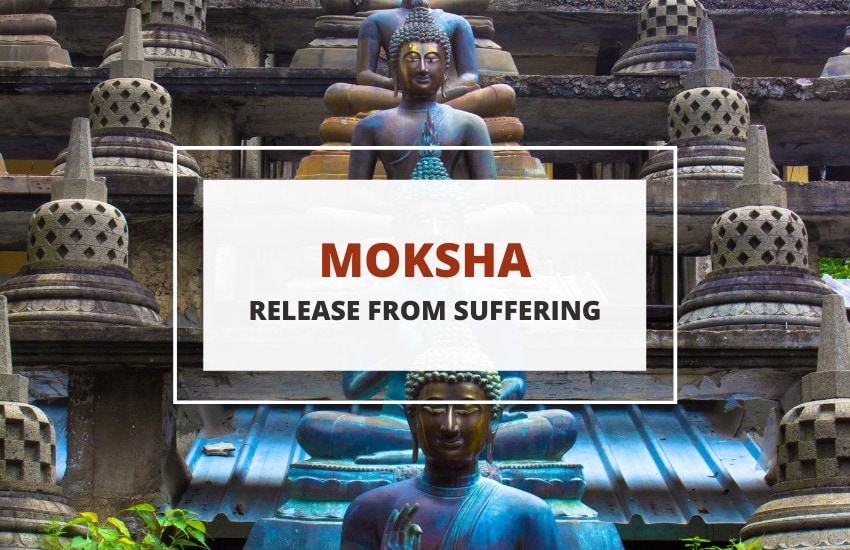
Table of Contents
The religions of the Far East share key concepts between them, albeit with a few differences in their interpretations. One such crucial idea that’s at the heart of Hinduism, Jainism, Sikhism, and Buddhism is moksha – the complete release, salvation, liberation, and emancipation of the soul from the suffering of the eternal cycle of death and rebirth.
Moksha is the breaking of the wheel in all of those religions, the end goal any of their practitioners strive toward. But how exactly does it work?
What is Moksha?
Moksha, also called mukti or vimoksha, literally means freedom from samsara in Sanskrit. The word mucmeans free while the sha stands for samsara. As for samsara itself, that’s the cycle of death, suffering, and rebirth that bounds the souls of people through karma in an endless loop. This cycle, while pivotal for the growth of one’s soul on the road to Enlightenment, can also be excruciatingly slow and painful. So, moksha is the final release, the goal at the top of the peak that all Hindus, Jains, Sikhs, and Buddhists try to reach.
Moksha In Hinduism
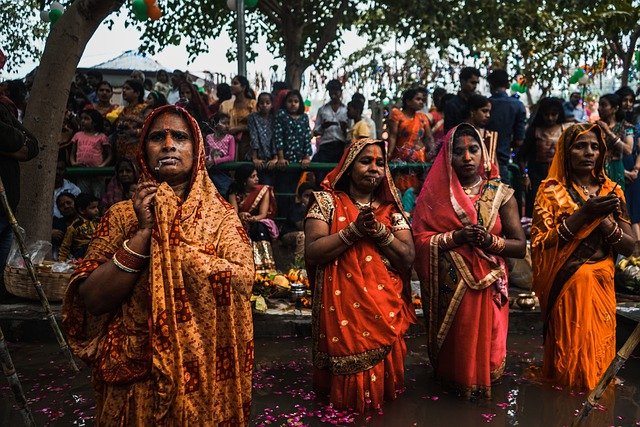
When you look at all the different religions and their various schools of thought, there are many more than just three ways to reach moksha. If we are to limit our initial musings just to Hinduism, the largest religion that seeks moksha, then the many different Hindu sects agree that there are 3 main ways for achieving moksha – bhakti, jnana, and karma.
- Bhakti or Bhakti Marga is the way of finding moksha through one’s devotion to a particular deity.
- Jnana or Jnana Marga, on the other hand, is the way of studying and acquiring knowledge.
- Karma or Karma Marga is the way that Westerners hear most often about – it’s the way of performing good deeds for others and tending to one’s life duties. Karma is the way most common people try to take, as one must become a scholar to follow Jnana Marga or a monk or a priest to follow Bhakti Marga.
Moksha in Buddhism
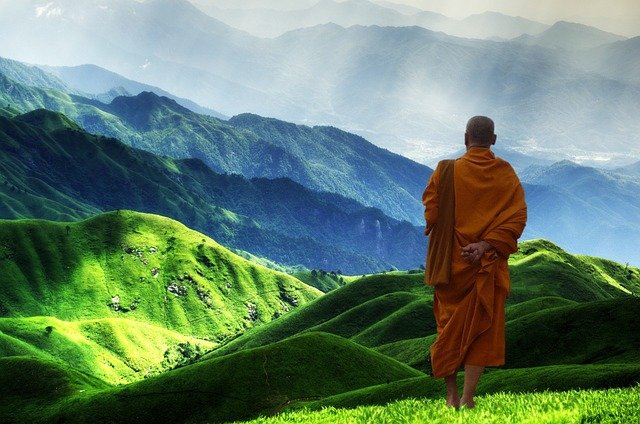
The term moksha exists in Buddhism but is relatively uncommon in most schools of thought. The much more prominent term here is Nirvana as it too is used to express the state of release from samsara. The way the two terms work, however, is rather different.
Nirvana is the state of release of the self from all material things, sensations, and phenomena, while moksha is a state of acceptance and liberation of the soul. Simply put, the two are different but they are indeed quite similar in their relation to samsara.
So, while Nirvana is mostly associated with Buddhism, moksha is usually viewed as a Hindu or Jain concept.
Moksha in Jainism
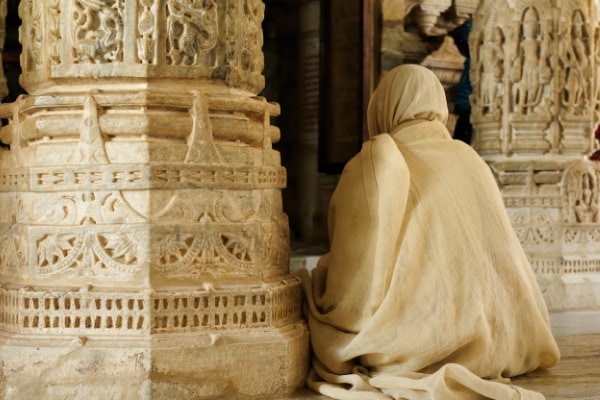
In this peaceful religion, the concepts of moksha and Nirvana are one and the same. The Jains also often use the term Kevalya to express the liberation of the soul – Kevalin – from the death and rebirth cycle.
The Jains believe that one achieves moksha or Kevalya by abiding in the self and leading a good life. This is dissimilar to the Buddhist view of denying the existence of a permanent self and a release from the bonds of the physical world.
The three main ways for achieving moksha in Jainism are similar to those in Hinduism, however, there are additional ways as well:
- Samyak Darśana (Correct View), i.e., leading a life of faith
- Samyak Jnana (Correct Knowledge), or devoting oneself to the pursuit of knowledge
- Samyak Charitra (Correct Conduct) – improving one’s karmic balance by being good and charitable toward others
Moksha in Sikhism
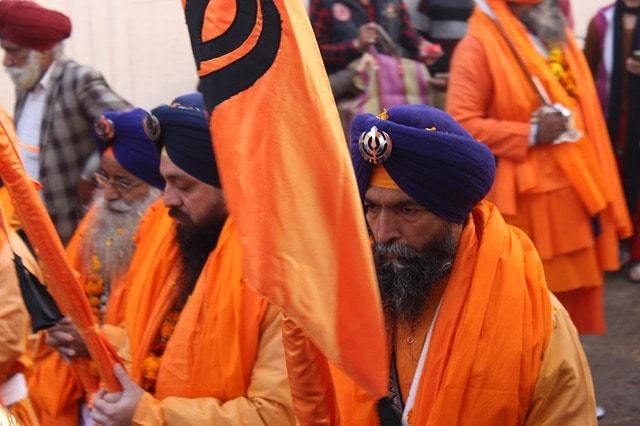
Sikhs, whom people in the West often mistake for Muslims, share similarities with the other three big Asian religions. They too believe in a cycle of death and rebirth, and they too view moksha – or mukti – as the release from that cycle.
In Sikhism, however, mukti is attained exclusively through God’s grace, i.e., what the Hindus would call Bhakti and the Jains call Samyak Darshana. For Sikhs, the devotion to God is more important than one’s desire for mukti. Instead of being the goal, here mukti is just the additional reward one gets if they’ve successfully devoted their life to praising through meditation and repeating the many Sikh names of God.
FAQs
It’s easy to view salvation as the alternative of moksha in the Abrahamic religions. And it’d be relatively correct to make that parallel – both moksha and salvation deliver the soul from suffering. The source of that suffering is different in those religions as is the method of salvation, but moksha is indeed salvation in the context of Eastern religions.
Depending on the particular religious tradition, moksha may or may not be connected to a particular deity. Usually, this is not the case, but there are some regional Hindu traditions such as Odia Hinduism where the god Jagannath is viewed as the only deity that can “give” moksha. In this sect of Hinduism, Jagannath is a supreme deity, and his name literally translates as Lord of the Universe. Curiously enough, Lord Jagannath’s name is the origin of the English word Juggernaut.
In Western religions and in Christianity, there’s an ongoing debate as to whether or not animals can attain salvation and go to heaven. There is no such debate in Eastern religions, however, as animals are incapable of achieving moksha. They are a part of the death and rebirth cycle of samsara, but their souls are a long way off from being reborn into people and achieving moksha after that. In a sense, animals can achieve moksha but not in that lifetime – they will eventually need to be reborn into a person to have a chance of reaching moksha.
No, not according to any religion that uses the term. Rebirth or reincarnation is believed to happen when the soul is left wanting as it’s still tied to the physical realm and hasn’t achieved Enlightenment. Reaching moksha, however, satisfies this desire and so the soul has no more need of being reborn.
The simplest word Eastern teachers use to describe the feeling of attaining moksha is Happiness. This seems like an understatement at first, but it refers to the happiness of the soul and not the self. So, reaching moksha is believed to give the soul the sensation of complete satisfaction and fulfillment as it has finally realized its eternal goal.
In Conclusion
Crucial for several of the biggest religions in Asia, moksha is the state billions of people strive for – the release from samsara, the eternal cycle of death, and finally, rebirth. Moksha is a difficult state to achieve and many people devout their whole lives to it only to die and be reincarnated yet again. Still, it is the ultimate liberation all must reach, if they want their souls to finally be at peace.








